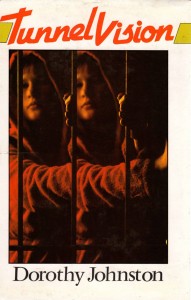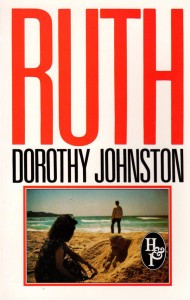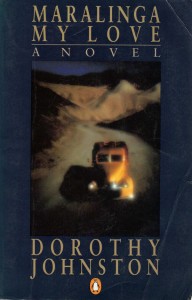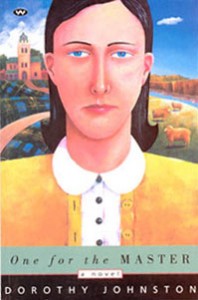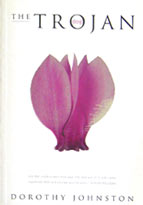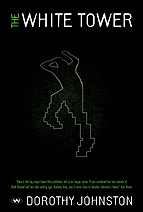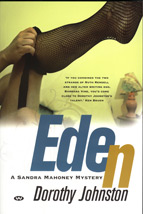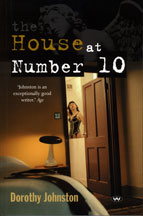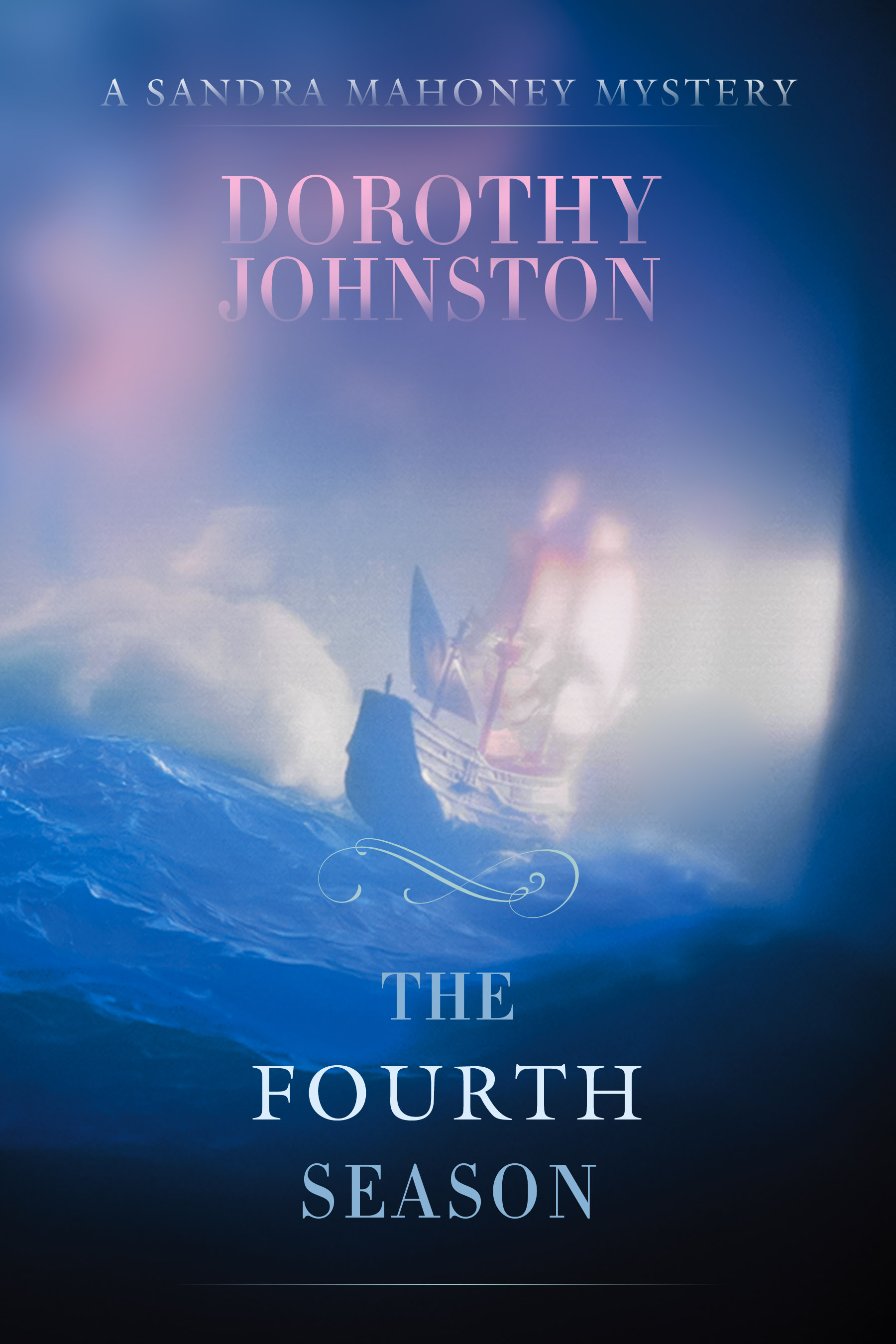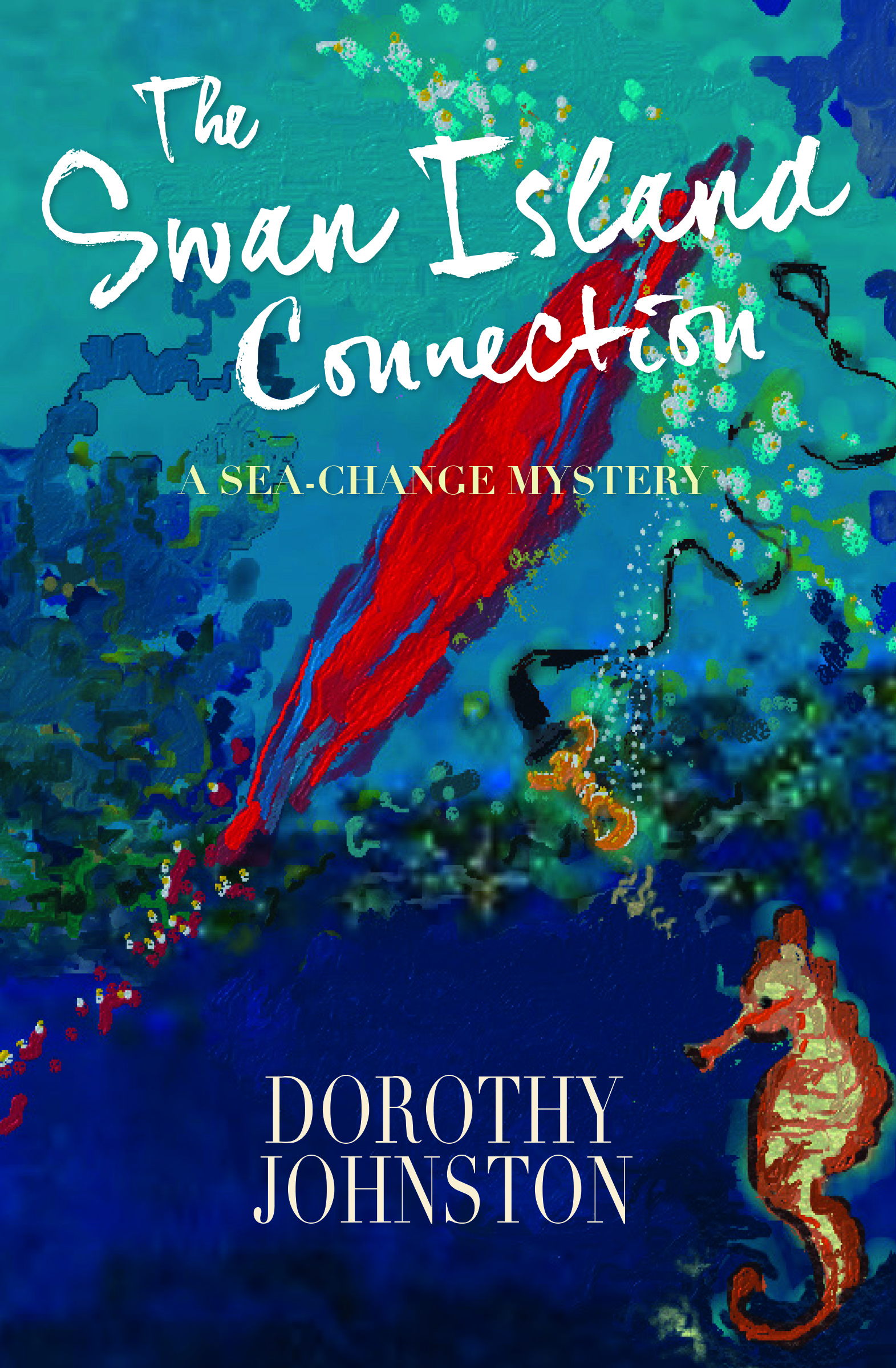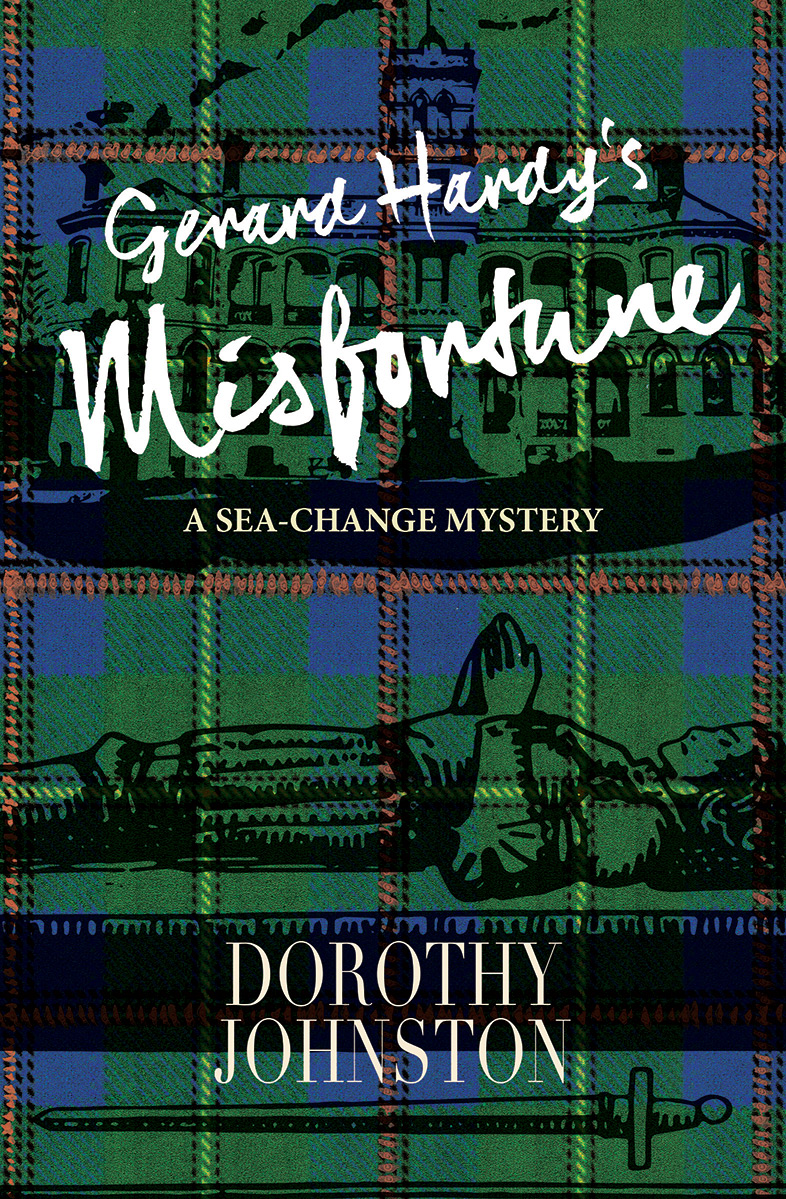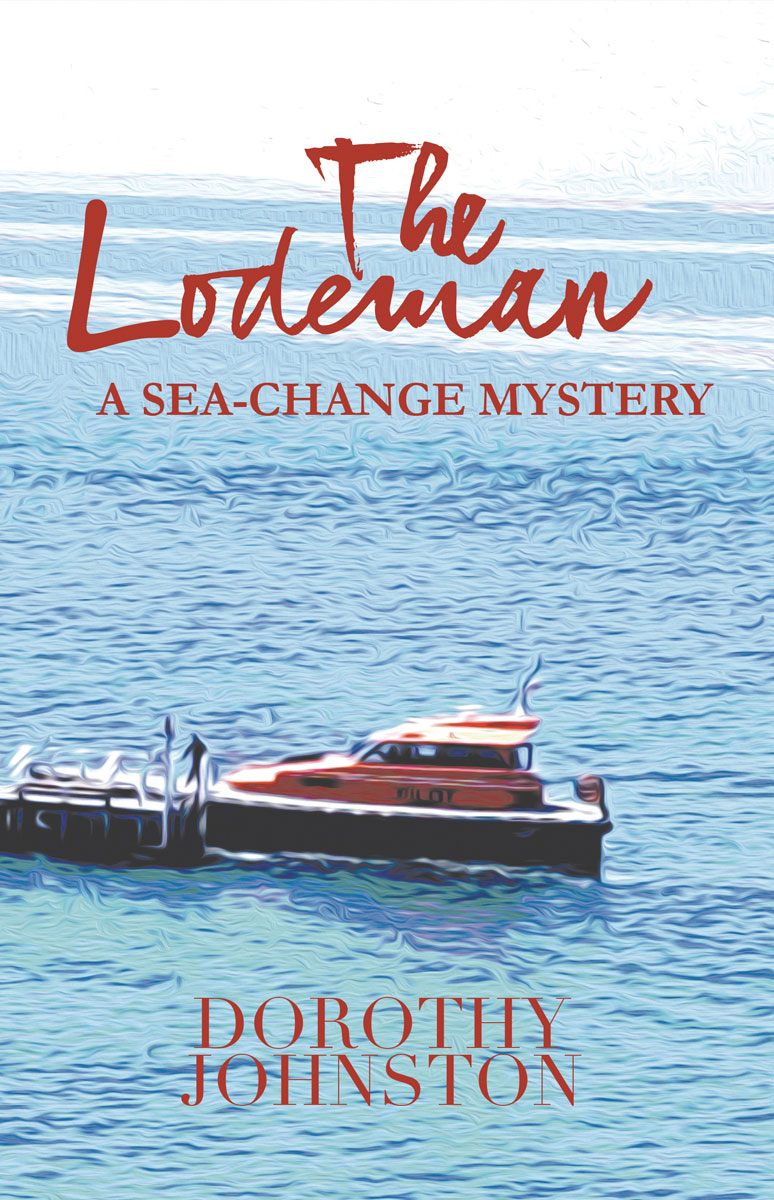‘Female Sleuths and Family Matters’ was first published in the November 2000 issue of the Australian Book Review
As a late-comer to the crime genre, one thing that interests me particularly is the relationship between character and form within the genre, and the limits each imposes on the other.
At the Melbourne Writers’ Festival earlier this year, I took part in a number of discussions about the differences between genre and ‘literary’ fiction. While I think there are problems with using the adjective literary in this kind of oppositional way, I’m going to stick with it because it’s one that most of us are familiar with and use. (Publishers certainly do.) The discussions circled round the question of to what extent a depth and detail of characterization that usually marks a novel as literary can ‘fit’ within a detective novel. Since, in The Trojan Dog, the first of what I hope will be a series, I devote a lot of words to the relationships between my characters, and I would not be interested in writing genre fiction if I did not believe it gave me the freedom to do this, I obviously have a vested interest in the weight of opinion falling on the side that says yes – such attention to characterization, though it will slow down the action, is acceptable.
The Trojan Dog is my fifth novel, and two of my previous novels, Ruth and One For The Master have been short-listed for the Miles Franklin Award. One reviewer prefaced his generally unwelcoming remarks by saying that I came to the crime genre with a pedigree. He meant literary pedigree of course, and he meant that it did not fit me at all well for my new incarnation. I felt rather like a poodle or a pomeranian being told it couldn’t join the mongrels’ club, and I also felt like writing to him and telling him that in my own eyes I had always been a mongrel.
The heroes and heroines of crime fiction take part in a cyclical drama. How important are types, and stereotypes? How far, and in what directions, can characters deviate from types without confusing and alienating readers, and ceasing to be recognized as belonging to the genre?
The character of the investigator develops through a sequence of stances, sometimes outrageously melodramatic stances, often largely through dialogue. The space occupied in a literary novel by introspection is often taken up by speculation about the case, either internally, or through dialogue; and character may frequently be developed obliquely, by reference, often ironic reference, to a variety of types. Personal qualities, for example qualities such as physical courage and intelligence, can be assumed. Readers do not need to be told, or to discover for themselves, that crime investigators possess and will use them.
The series character moves through a cycle of engagement, threat, danger, towards a resolution. Closure is considered necessary, but each novel in a series promises to open again into a new plot, new set of dangers. To the extent that movement is cyclical, it is also repetitious. What of forward momentum? Can characters, as they change and develop, provide it? Typically, as each book in a series follows on from its predecessors, the boundaries of action and danger are pushed and pushed again, the ante upped each time – cruelty, blood, violent death – until, perhaps by default rather than authorial intention, avoiding death by a whisker becomes a criterion of success. The limits of variety and originality within this cycle are often reached quite soon.
Heroines and female stereotypes – how do they fit into the cycle, what are they like, and how important are they?
The female detective is often construed as androgynous in some way. Jenny Pausacker and Kerry Greenwood point out, in Recipes for Crime, how much modern female private eyes like Kinsey Milhone and VI Warshawski owe to Nancy Drew and Enid Blyton’s George, caught on an eternal pubescent cusp, of being a girl and not being a girl, of not growing up into a woman.
Remember what George says in Five On A Treasure Island:
‘I hate being a girl. I won’t be. I don’t like doing the things that girls do. I like doing the things that boys do. I can climb better than any boy, and swim faster too.’
Androgyny can be expressed through a lack of feminine attributes – the spinster sleuths of whom Agatha Christie’s Miss Marple is the most famous – a woman in a man’s world becoming, not a man, but neutered. Sara Paretsky has pointed out that what writers like Christie and Allingham share with hard-boiled American writers is that, in their fiction, virtuous women always have the figures of boys. Paretsky’s own investigator, VI Warshawski, who is sexually active, physically fit and capable, insists on being referred to by her initials, VI. Only her close woman friend, Lotty Herschel, is allowed to call her Victoria. The American critic Dennis Porter once said, ‘To be hard-boiled and to have retained a heroic integrity was to be a man.’ And just as he was saying this, Paretesky turned the rule, or prescription, on its head.
This quotation and several others in this essay are to be found in the introduction to a thought-provoking anthology, Killing Women, by Brenda Walker and Delys Bird.
To the extent that crime fiction heroines borrow from and subscribe to stereotypes of heroic behavior, they might be said to represent a re-working of the Ariadne myth, whereby the central protagonist of the drama combines qualities of both Ariadne and Theseus. She provides the key to negotiating the labyrinth and herself slays the Minotaur, the beast at its heart. By so doing, she avoids the typically female selection of fates that legend has assigned to Ariadne: abandoned by Theseus, the mythic Ariadne hangs herself; she is left to die or marry Dionysus; or she dies in childbirth.
The heroic female investigator, conqueror of both labyrinth and Minotaur, lives to lick her wounds and be presented with another in the series.
The psychological importance of such heroines as Paretsky’s is shown by readers’ letters expressing worry that VI doesn’t eat or look after herself properly. How is she single-handedly to take on corporate Chicago if she lets herself get run-down?
My protagonist in The Trojan Dog, Sandra Mahoney, is an everywoman, but a dissatisfied one. She is a mother, wife, adulterer, a recent returnee to the workforce and to a dying Federal Government Department. She has an eight-year-old son with a reading problem.
To people a crime narrative and saddle a female investigator with a family and a weight of domesticity, as I do, is to take rather a heavy risk. The spinster sleuth stereotype is still a powerful one, and it doesn’t matter that private eyes like Kinsey Milhone may once have been married if, in the cyclical present time of the novels, they are walking their chosen mean streets alone.
The Trojan Dog is set in the lead up to the 1996 Federal election, in what was then called the Department of Industrial Relations. The Coalition, if it won, was threatening to scrap this whole department, so within it there was a particular, heightened paranoia at that time. In my novel a woman called Rae Evans, who is my protagonist’s boss, is accused of stealing almost a million dollars in order to make a nest egg for herself. And there’s a private company desperate to make a killing before the change of government.
In my view, Canberra is a terrific place for setting a detective novel; there’s so much crime, and so much temptation to commit it in our national capital. There’s a lot of opportunity for white collar crime in particular, the temptation to act on greed and then the consequences of greed when it flies out of control.
The crime Sandra investigates is an electronic one. And in cyberspace, where such crimes are committed, the opportunities for role-play, for playing with gender, and for criminal actions and criminal intent, are thrown wide open. Sandra finds these opportunities both frightening and exhilarating; the idea that the person or persons she is chasing are invisible, and might be either male or female excites her. Discussing suspects with her colleague Ivan, Sandra hears a man behind an anonymous message, but this might be her prejudice. In thinking about the women in the case, she sees them multiplied on reflecting surfaces, yet just as easily she may be after someone she had never met.
Because of the relatively cerebral nature of cyber-detection, and of the crimes of fraud and theft compared with murder, I was aware of wanting to make Sandra’s physical life as concrete as possible. I wanted to give the narrative as much personal detail as I felt it could carry. Once into the story though, I became conscious of my own pleasure in fleshing out Sandra’s life.
Cyberspace opens up new possibilities for playing with the idea and consequences of androgyny. In cyberspace, if you do not wish to make your gender known, you need not. This of course applies to the criminal as well as to his or her pursuer. One name for the new breed of cyber-criminals, hacker, is gender-neutral, but role-playing has a fascination above and beyond the obvious advantages of disguise for criminal activity, and for the slueth who wishes to do his or her detecting undetected. I wanted, through the character of Sandra, to bring out some of the contradictions inherent in all of this. Sandra experiences these contradictions in a number of ways, but foremost for her as a character is the capacity to change, to accept the challenge to step outside worn-out habits of thinking and behaving. After an initial reluctance, she responds to the challenge of open-endedness and insecurity which cyberspace presents, and realizes that it is, at least in part, a challenge to her imagination.
Part of the fascination of electronic disembodiment has to do with extending and increasing the ways it is possible to imagine human beings behaving, yet the ways they do represent themselves, and behave in cyberspace, can turn out to be predictable. In much of cyberpunk, which shares a crossover ground between crime and science fiction, there is the sense of a simultaneous opening out of possibilities, and of choosing to walk a tightrope tied to an ancient oak tree.
A reader can’t help but be struck by how strong existing traditions are. William Gibson (Neuromancer, Mona Lisa Overdrive, Idoru, All To-morrow’s Parties) offers settings that are futuristic, morally anarchic, and a picture of corporate feudalism towards which we may actually be heading. He creates marvellously rich fictional worlds in which imagined reality keeps sliding into imagined virtual reality and then back again. Yet his stories are cowboy stories, boys’ adventure stories, in which his anti-heroes win against impossible odds etc etc.
In an interview, Gibson refers to Neuromancer as ‘a cybernetic western, a solitary anti-hero…..that offered a literature for a technology that was still in the process of being invented’ and ‘a future where nation states rotted beneath a new triumph of corporate feudalism.’ Here too, in this much trumpeted new world, stereotypes are tenacious. The truth can be monstrous, but in exposing the nature of any particular monostrosity, as like as not, the discovery is also that someone has been there before.
Sometimes an investigation is carried out not by one character, but by several. The investigative ‘character’ can be a composite of ages, genders, races. Are the qualities that define and limit this composite character the same as those which define and limit the individual? Sometimes it is through the mismatch of individuals within a collective persona that the drama of detection is played out, the interaction between individuals allowing for certain modes of operation, and excluding others.
My main male character is Ivan, a Russian-born IT person who understands the technicalities of cyber-crime much better than Sandra does initially, and provides a catalyst for a good deal of the action. Detective Sergeant Brook, the third partner in my investigative trio, has leukemia and, partly as a result of this, forms a bond with Sandra and Ivan, a bond that I plan to explore in subsequent books. Brook responds to cyberspace imaginatively, and emotionally as well.
It is possible to approach a discussion of stereotypes from a different angle, that of the importance of originality across all genres, and argue that lesser writers will always fall back on stereotypes, while the best will remain dissatisfied with fashions and traditions.
This is the approach James Wood take in a Guardian article titled ‘Still Afraid Of Virginia Woolf’.
‘When thinking about what the novel might become in the next few decades, our surest guide is what the novel has been; or rather, what it has largely failed to be. For one can predict that it will go on failing in similar ways. ..it does seem that the creation of character, and especially the examination of consciousness, will continue to be the great quarry and greatest difficulty for the novelist.’
Wood raises some interesting points about the debilitating consequences of following the fashion, but ignores the argument that some writers may choose character types and traditional forms because the freedom they offer is a freedom to mutate.
Sexual stereotypes are always there, just over any writer’s shoulder. The clarity of the backward view is an aspect, not of any particular investigation, but of the tradition of writing about investigations, and part of this is a stylization in the matter of sexual encounters.
Conventionally, scenes in which the detective is subject to physical danger exist to excite and to be exploited for their action potential. Fitting in neatly with reference to the action, sex becomes both a relief from the chase and an aspect of it. A physical hunt can be erotically charged, and so can a psychological one. Moments of intimacy are sought not as ends in themselves, or for what they might reveal about characters as characters, but to feed back into the drama of the hunt.
Marele Day’s joke on this is the male blonde in the bed at the start of The Life and Crimes of Harry Lavender. In Raymond Chandler’s The Little Sister, Philip Marlowe says, ‘Sex is a wonderful thing…when you don’t want to answer questions.’ When Martin Cruz Smith’s Arcady Renko finally finds his beloved Irina again, he is letting Eros in certainly, but on the crime narrative’s terms. Irina’s main force as a character, throughout Cruz Smith’s Russian trilogy, is a function of her absence. By the time we get to Havana Bay, when Renko goes to Cuba, although he’s married Irina – we sentimental readers are allowed that much – she is already dead. Irina and Renko do not have to face the very different challenges of ordinary life.
A number of crime writers are conscious of the erotic as disturbing, not fitting into the framework, and of the tension created by the expectation that it should. Claire McNab, for instance, says that in her books passion is seen as ‘sexual combat.’ (Death Down Under). Her lesbian detective, Carol Ashton’s, erotic life, often threatens to upset the progress of her investigations. Sexual frustration sometimes takes the place of sex, a comment perhaps on the detective’s undesirability, or consumption by the chase. Simplest, perhaps, is to make the detective celibate, like Ellis Peters’ Cadfael?
An interesting question about the language of desire – when present in detective fiction, when allowed to be present as a disturbance, when the conventional terms are skewed, does is it still become tainted with pathology, with criminality, because of its close proximity to it? And could this somehow be behind the fact that while crime narratives allow passion, they cannot really take much at all of the mundane, the routines of domestic life?
If the protagonists are sufficiently aware, then they know this, and they know also that there are no simple divisions between body and mind. There is also the pathological mind to contend with, the extreme where death, the killing of the chosen victim, has itself become eroticized, this core of horror which some crime fiction addresses directly, but which, as a reference point, is always there.
Roland Barthes links the reader of detective novels to a ‘schoolboy at a burlesque show; he is so aroused by his desire to see stripper’s genitals that he is tempted to rush the stage in order to help her strip faster.’ Whether or not this example lends itself to a clear and uncomplicated gender inversion – schoolgirl, male stripper – what is clear, I think, is that the flirtation process is mimicked to great effect in the detective plot, whoever is making use of it. Suspense, flirtation, concealment and disclosure follow one another, and a large part of the pleasure of concealment lies in knowing that what is concealed will ultimately be revealed. Pleasure can be found as much in the digressions, red herrings, the criss-crossings of the thread that the reader trusts will lead to a climax, as with the climax when it eventually arrives.
The best sex between my characters occurs after they’ve been hacking. They know this and, after the first time, the reader knows it too. Here’s a paragraph from a work in progress, the sequel to The Trojan Dog
‘Sex was skin and blood and letting go, not bothering any more about how you looked because up so close it didn’t matter. Hacking was up close too, so close there was no space for doubt or self-reflection. And hacking was physical in the way that skin was, skin under the palms of my hands, the slippery unexpected roughness. Even though by other people’s names and definitions it was the opposite – cerebral, disembodied.’
Sandra and Ivan break the law, skate along the surface of illegality, get off on hacking to a degree which I think will prove problematic for them in the future. Indeed one or both of them might end up in jail.
Where is the fault line between character and form? How much character development can a crime novel take? Are the best crime novels those which walk a kind of hyper-conscious tightrope between stereotypes? Or can the crime novel, on the other hand, take more character development of a kind usually thought to belong in literary novels, precisely because readers are paying close attention to the plot? Readers need to pay close attention to every word because they do not know what will turn out to be relevant to solving the mystery, and what will not. Jenny Lee put forward this idea when I was giving a talk to her students at Deakin University, and I think it’s an interesting one.
One thing I’m discovering, setting out to write a series, is that readers give me feedback which is immediately useful. One example of this is to do with my policeman character, Brook. Brook is very ill and has been given Sandra’s ‘case’ as a kind of favour, since the case is considered already solved. Writing about Brook, I thought of him as a father figure, perhaps in his sixties, or almost sixty, and with his illness severely limiting what he can do. But many readers, (almost all who’ve spoken to me about it), see Brook as much younger, and want him to stay in the series. I went back to The Trojan Dog and realized that I hadn’t actually said how old Brook was, and that his age is therefore open to me to re-interpret. Readers have also picked up on a sexual tension between him and Sandra of which I was unaware.
Sandra is an everywoman, a type who has the potential to re-make herself. That’s the tightrope I’ve chosen to walk with her. The attention I give her thoughts, her imagination, her physical life, are exactly the attention I would give them were she to inhabit a literary novel. At the same time, she is part of a trio of investigators, and what happens between them is in some ways as important as what happens to her as an individual. Can this work? It’s yet to be seen.
It occurs to me that those crime investigators whom I most enjoy work for me as a reader because they are greater than the sum of their parts. They understand their place in the cycle. They partake of the stereotypes, gesture towards them, occasionally give them the finger, knowing that the stereotypes’ recognizable solidity allows them their own freedom of variation. There is a gestalt at work, a kind of chemistry, which in the end is its own mystery.
